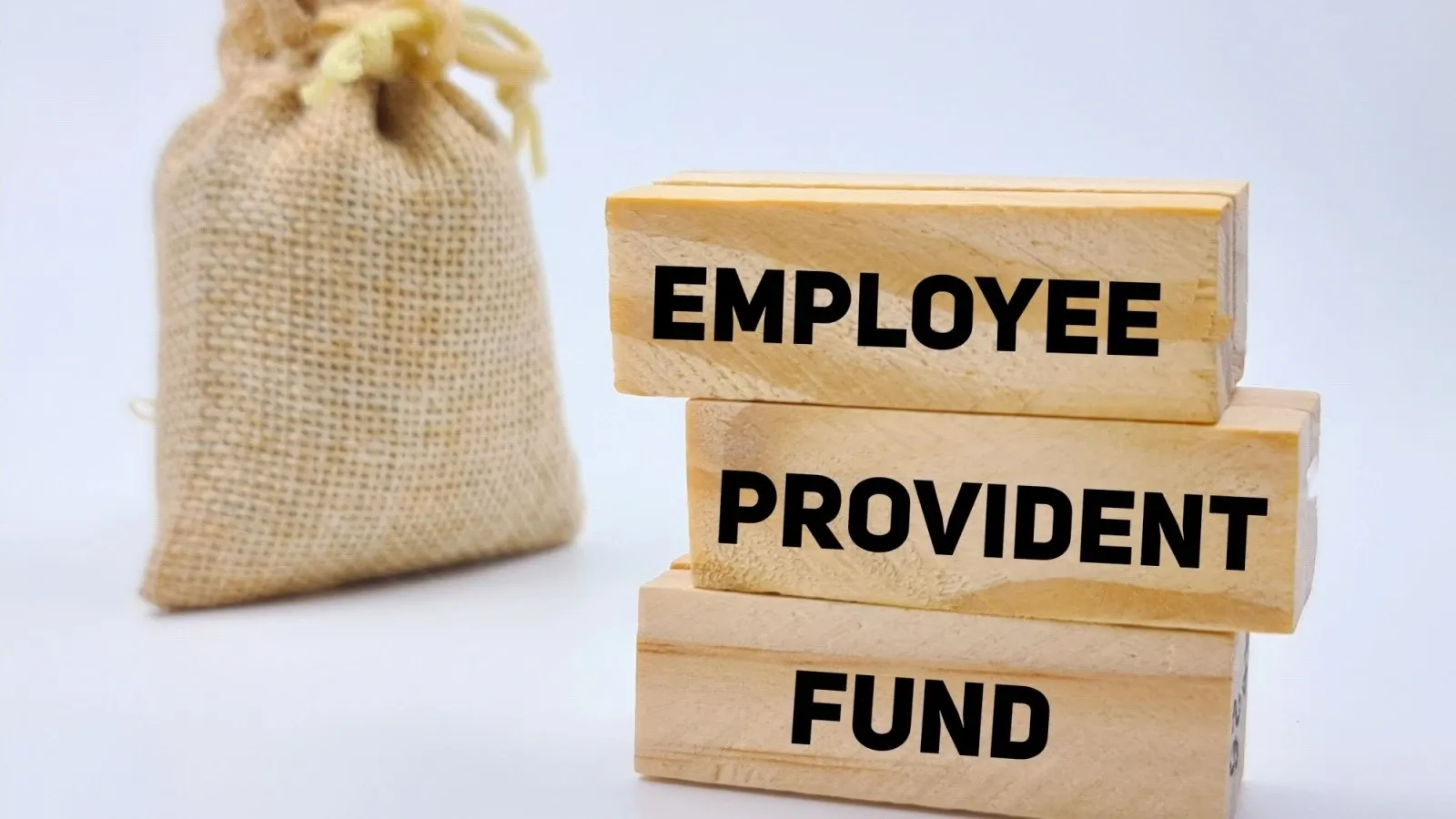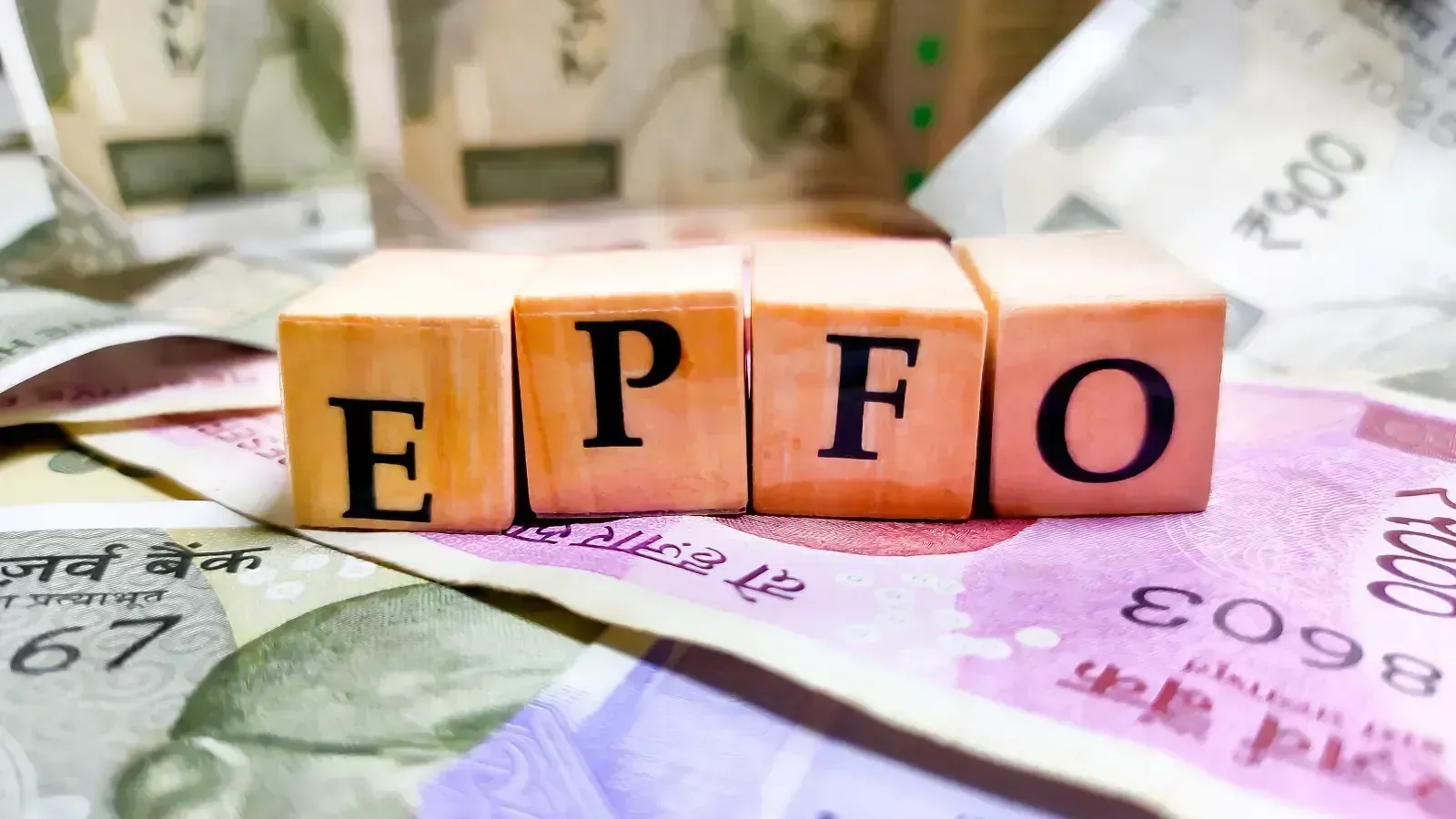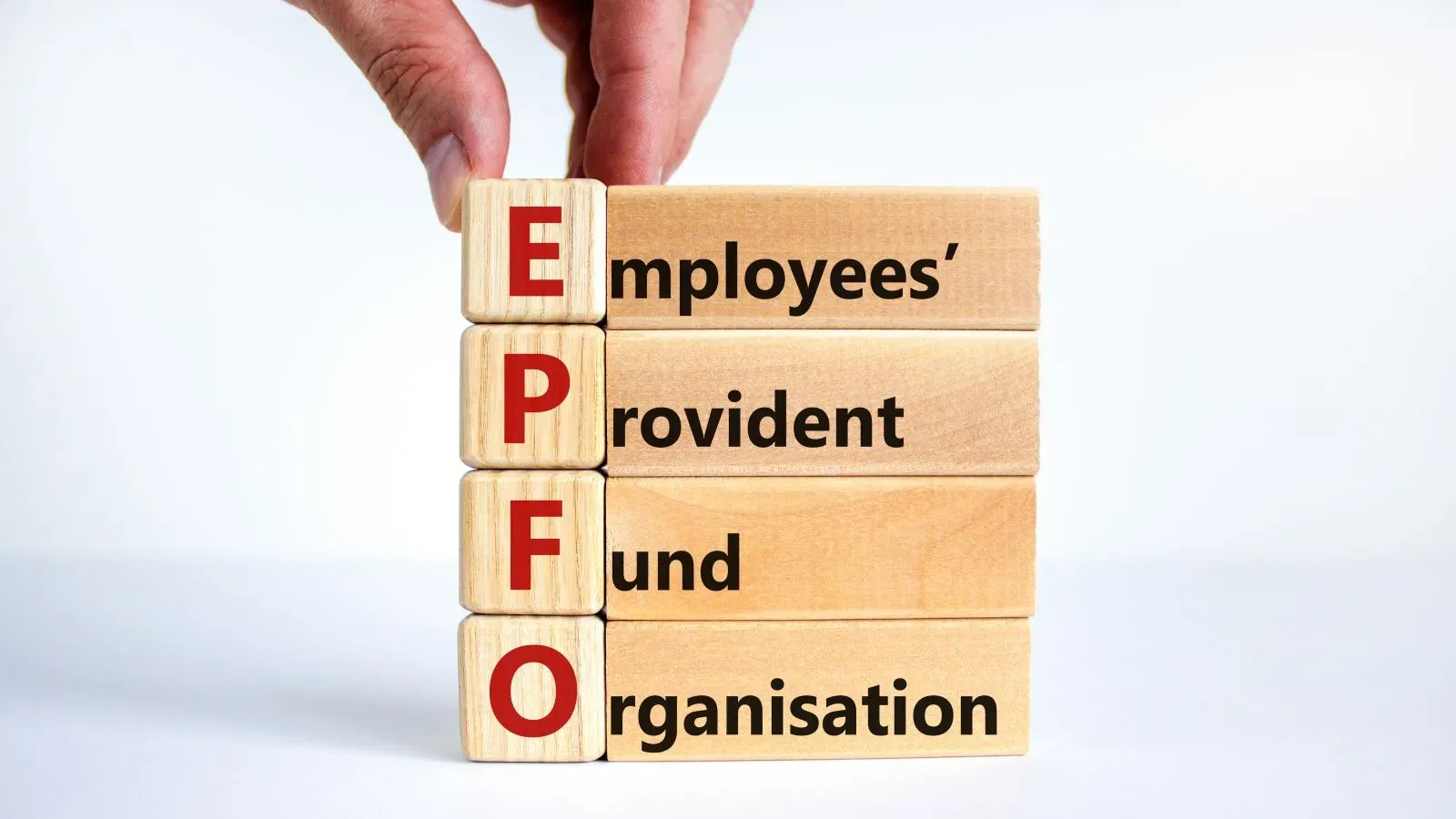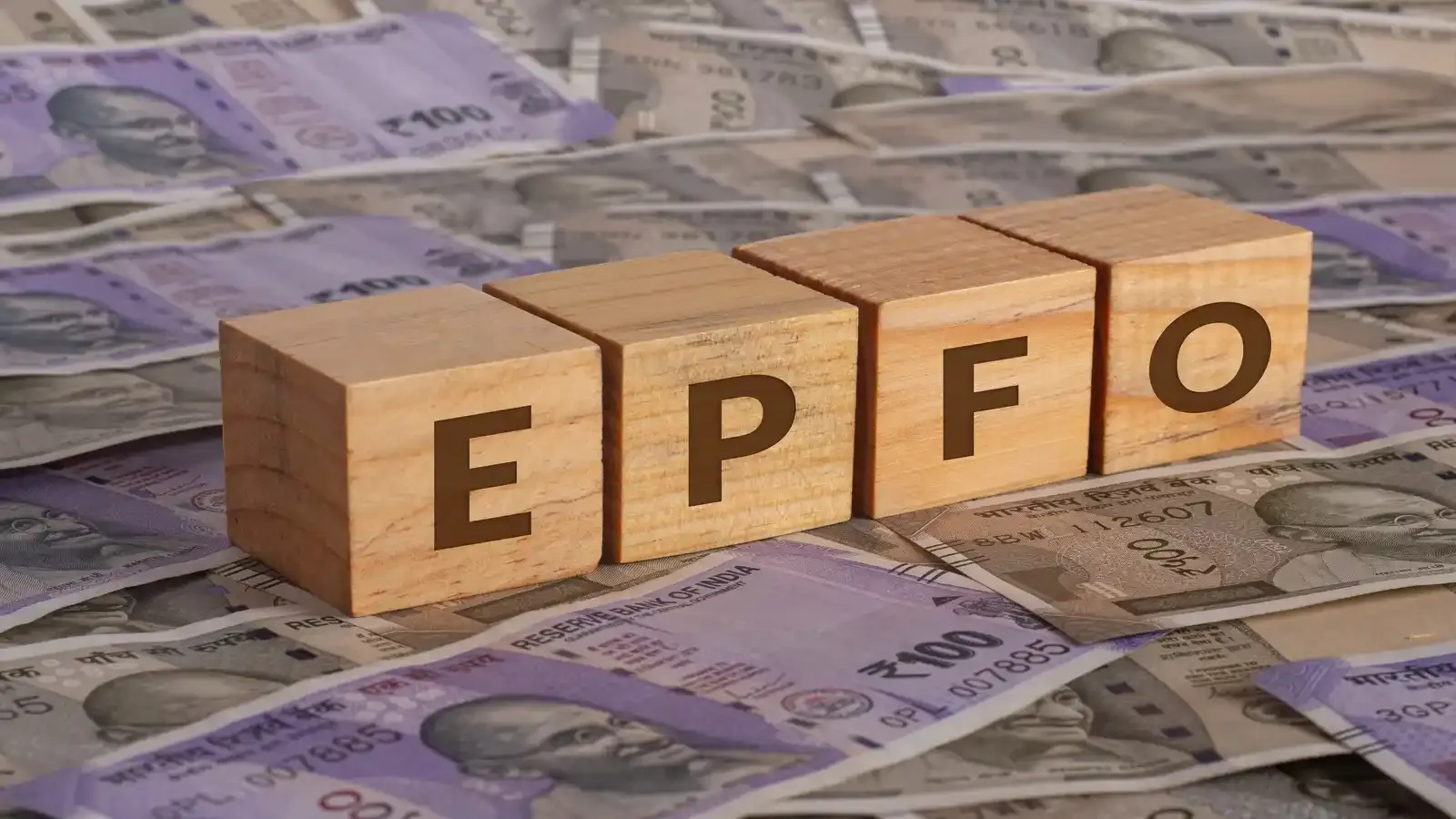Personal Finance News
18 FAQs on EPFO 3.0, new withdrawal limits and conditions, digital life certificate for pensioners

4 min read | Updated on October 15, 2025, 14:54 IST
SUMMARY
Here is an easy-to-understand FAQ guide about the key decisions made at the 238th meeting of the Central Board of Trustees (CBT).
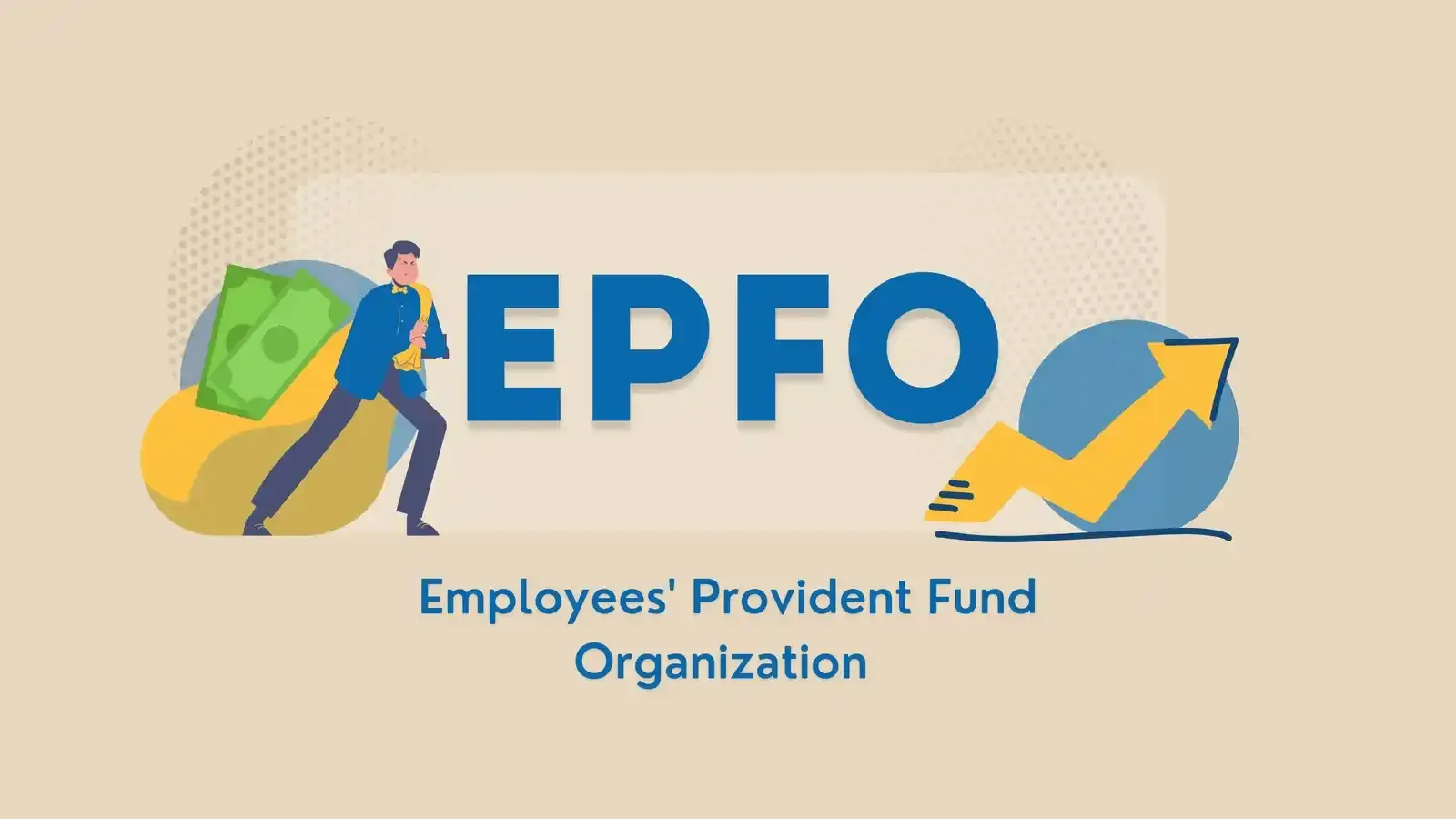
EPFO has appointed four fund managers to professionally manage its debt investment portfolio for the next five years. | Image: Shutterstock
In a major stride toward improving social security services, the Employees Provident Fund Organisation (EPFO), under the leadership of Union Minister Dr Mansukh Mandaviya, approved key reforms to make managing your retirement savings easier than ever.
1)What are the major decisions taken by the CBT in the meeting?
The major decisions taken by the Board in the meeting include:
-
Simplification and liberalisation of EPF partial withdrawal provisions
-
‘Vishwas Scheme’ launched to reduce litigation
-
EPFO–IPPB partnership for doorstep digital life certificate services
-
EPFO 3.0, a new digital system for faster and smarter services
-
Selection of four portfolio managers
2)What is the new partial withdrawal rule under EPF?
EPFO has merged 13 withdrawal provisions into 3 simplified categories:
-
Essential needs (illness, education, marriage)
-
Housing needs
-
Special circumstances
3) What is new?
Members can now withdraw up to 100% of their eligible PF balance, with fewer restrictions and no documentation needed under 'special circumstances.'
4) How has the withdrawal limit for education and marriage changed?
Members can now withdraw up to:
-
10 times for education
-
5 times for marriage
(Previously limited to a total of 3 times for both combined.)
5)Why does EPFO require me to retain 25% of my PF balance?
A provision has been made for earmarking 25% of the contributions in the Members’ account as Minimum Balance to be maintained by the member at all times.
This will enable the member to enjoy high rate of interest offered by EPFO (presently 8.25% pa) along with compounding benefits to accumulate a high value retirement corpus. This rationalisation enhances ease of access while ensuring members maintain a sufficient retirement corpus
6) What is the new minimum service requirement to be eligible for partial EPF withdrawals?
Requirement of minimum service has been uniformly reduced to only 12 months for all partial withdrawals.
7) What is the ‘Vishwas Scheme’?
8) What does ‘Vishwas Scheme’ offer?
-
Reduced penalty rates (as low as 0.25% per month)
-
Coverage of pending litigation and pre-adjudication cases
-
Operates for 6 months,
9) Who benefits from the EPFO–IPPB partnership?
10) What is EPFO 3.0?
EPFO 3.0 is a comprehensive, member-centric digital transformation initiative aimed at modernising provident fund services and enhancing user experience.
11) What major changes are being introduced under EPFO 3.0?
-
Integration of a core banking solution
-
Use of cloud-native, API-first, microservices-based modules
-
Modernisation of account management, ERP, compliance, and customer service systems
12) How will these changes benefit EPFO members?
-
Faster claim settlements
-
Instant withdrawals
-
Multilingual self-service options
-
Seamless payroll-linked contributions
Overall, a more transparent and efficient digital experience
13) Will the new system be implemented all at once?
No, the implementation will happen in phases to ensure the system remains secure, scalable, and uninterrupted throughout the transition.
14) How many people will benefit from EPFO 3.0?
The transformation aims to improve services for over 30 crore EPFO members across India
15) Why has EPFO appointed four new portfolio managers?
EPFO has appointed four fund managers to professionally manage its debt investment portfolio for the next five years.
16) How does this decision affect me as an EPFO member?
The appointment of expert fund managers aims to safeguard your PF savings, improve investment returns, and support the long-term growth of your retirement corpus.
17) What type of investments will these managers handle?
The managers will handle the debt portfolio of EPFO
18) What digital initiatives were launched under EPFO 3.0?
-
Re-engineered return filing and user management modules
-
Upgraded e-Office for faster case processing
-
SPARROW for online performance appraisals
These aim to ensure faster, paperless, and error-free service delivery for members and employers.
Related News
By signing up you agree to Upstox’s Terms & Conditions
About The Author
Next Story
